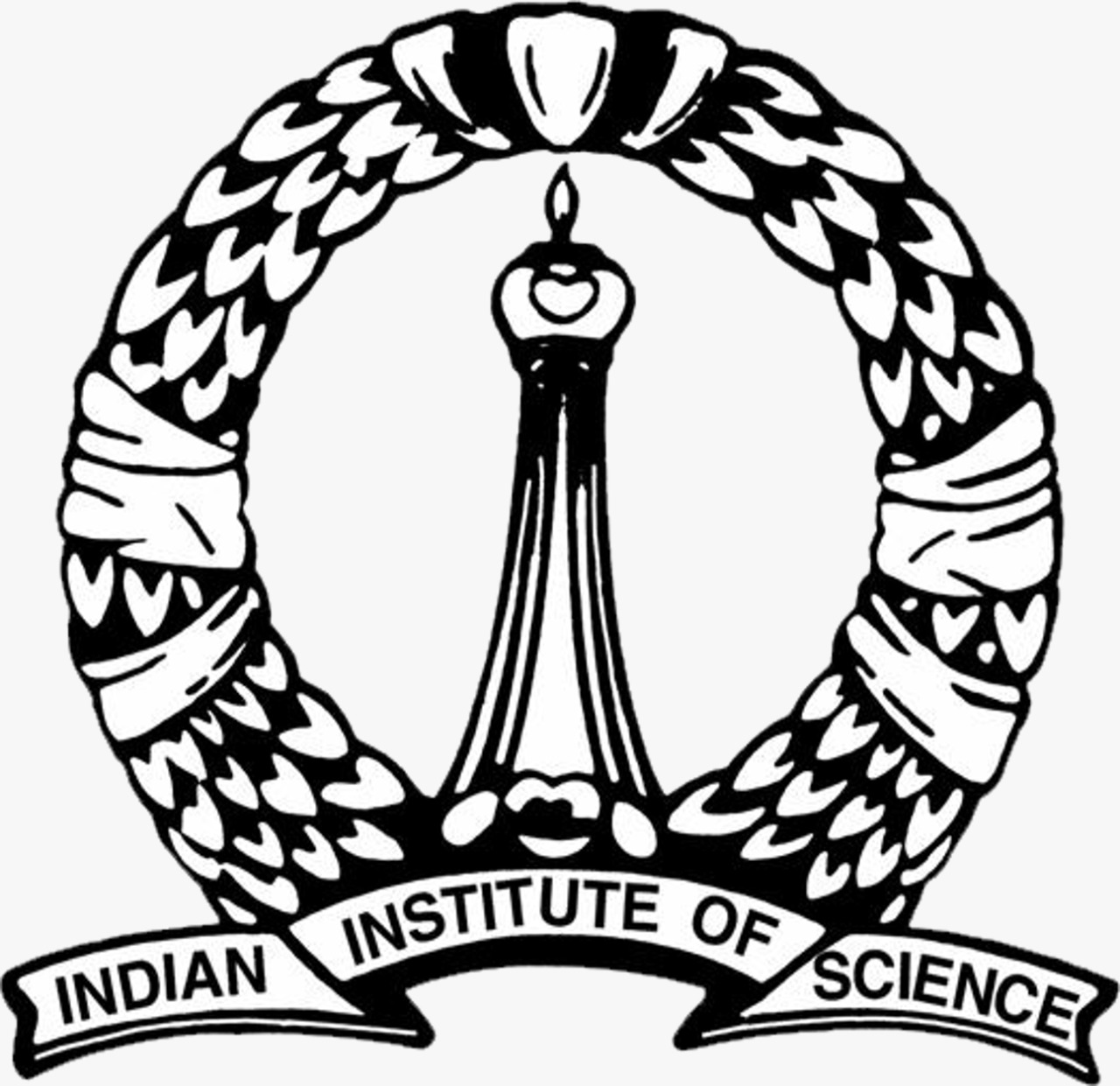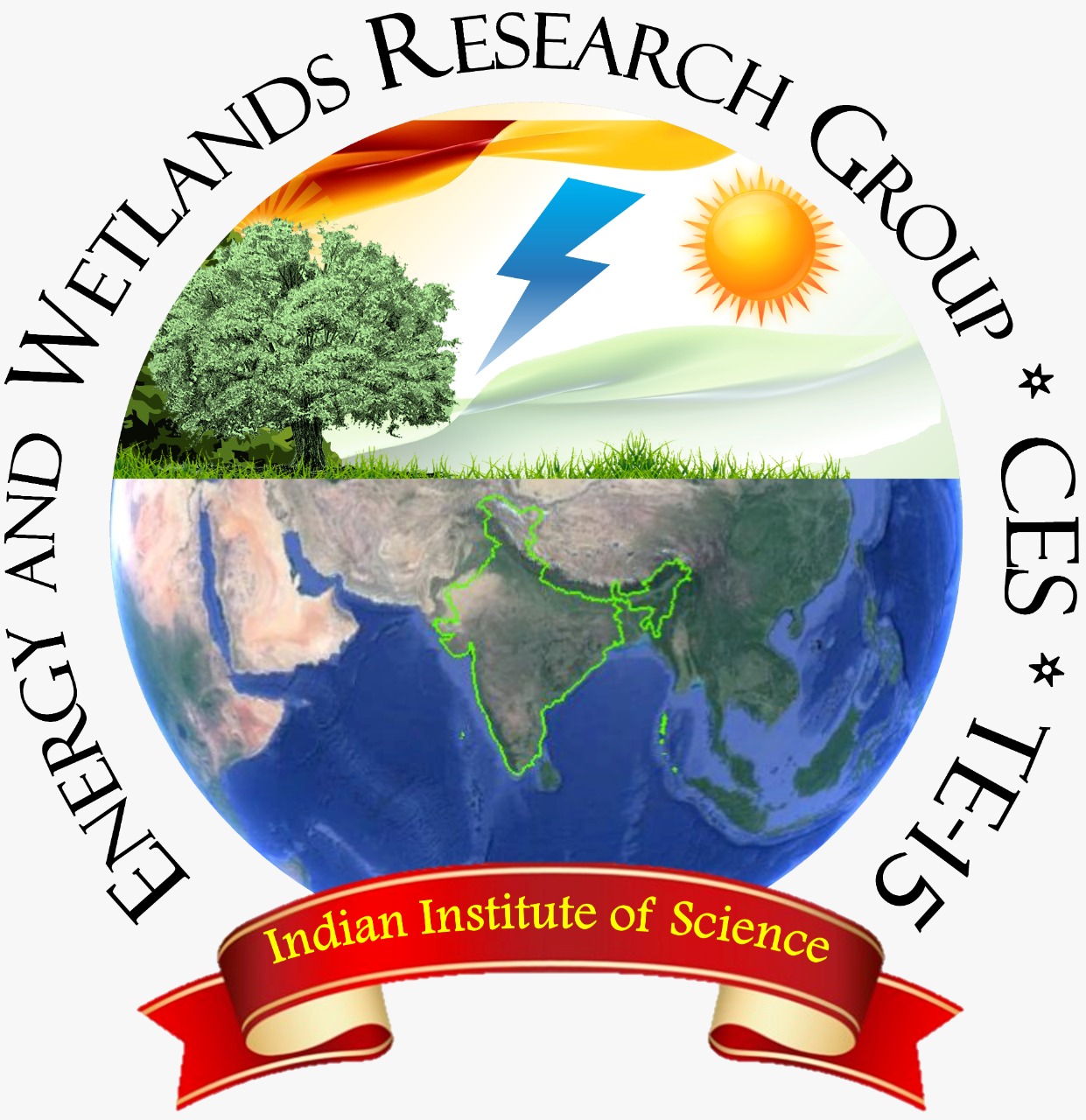 |
SUSTAINABLE BIOFUEL PRODUCTION FROM ESTUARINE DIATOMS |
 |
T.V. Ramachandra 1,2,3,*Saranya Gunasekaran 1,2
1 Energy and Wetlands Research Group, Centre for Ecological Sciences [CES], 2 Centre for Sustainable Technologies (astra)
3 Centre for infrastructure, Sustainable Transportation and Urban Planning [CiSTUP]
Indian Institute of Science, Bangalore – 560012, India.
*Corresponding author: tvr@iisc.ac.in
|
Abstract
Purpose of the study: Microalgae with better carbon sequestration potential, higher biomass, and lipid productivity in comparison to terrestrial counterparts is emerging as a viable sustainable alternative to fossil fuels. Diatoms, a subgroup of a broader category of microalgae are well-known for their role as a bio-indicator in palaeo-climatological studies across historical timelines. Understanding ecology, community structure, and habitat preference of diatoms are prerequisites for prioritizing diatom strains towards sustainable biofuel production along with value-added product extraction. Method: Selection of appropriate strains, economically viable harvesting and environmentally sound transesterification are the challenges faced in microalgal industry. The present study focusses on understanding the variability in benthic diatom community assemblages across seasons and its affinity to different substrata at fixed sampling locations in an estuarine eco-system through field sampling for twelve months covering all seasons. Main Findings: The results highlight the tolerance and resilience in select diatom strains in fluctuating water qualities and seasonal variations, the insights much needed during mass cultivation under open environments. Statistical data analyses revealed distinct demarcation between sensitive and tolerant species with selective habitat preferences and resilience to fluctuating environmental conditions. Variations of benthic diatom community structure across various substrata highlights substratum affinity of diatom strains. From the inferences derived through field studies, mixed consortia of diatoms were developed, monitored, and optimized for higher biomass and lipid productivity under controlled laboratory conditions. Application of the Study: The results highlight the prospects of phyco-prospecting of indigenously grown diatom strains for sustainable biofuel production. Keywords: benthic diatom, substrate specificity, seasonal dynamics, community structure, phyco-prospecting
|
|
Citation :Ramachandra T V, Saranya Gunasekaran, 2020. Sustainable biofuel production from estuarine diatoms, Green Chemistry & Technology Letters, eISSN: 2455-3611, Vol 6, No 2, 2020, pp 01-17
https://doi.org/10.18510/gctl.2020.621
|